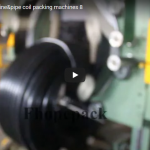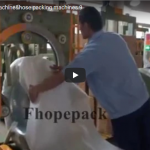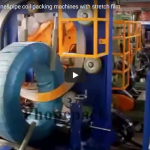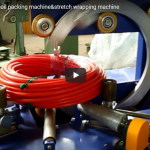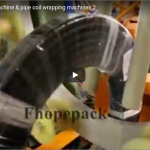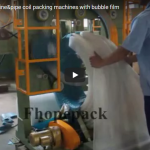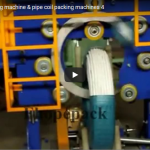Coil Wrapping Machine and Pipe Coil Packing Machine are two types of equipment used in the packaging industry to wrap and pack coils of various materials, including pipe coils. These machines are designed to efficiently and effectively wrap the products with various materials, including stretch film, paper, and plastic.
The Coil Wrapping Machine works by automatically feeding the coil onto the wrapping conveyor. The wrapping material is then dispensed and wrapped around the coil, pulling it taut with the tension rollers as it rotates. The machine can be programmed to adjust the tension and speed of the wrapping process to suit the specific product being wrapped.
The Pipe Coil Packing Machine, on the other hand, is specifically designed to handle the packaging of pipe coils. The machine automatically feeds the pipe coil onto the wrapping conveyor, where the wrapping material is dispensed and wrapped around the coil. The machine can be programmed to adjust the tension and speed of the wrapping process to suit the specific product being wrapped.
One of the primary advantages of using these machines is their efficiency. They can handle multiple products per minute, reducing the need for manual labor and increasing productivity. Additionally, the machines ensure that the products are wrapped consistently and uniformly, reducing the risk of damage during transportation or storage.
The machines are also designed to be user-friendly and easy to operate. The touch screen interface allows operators to easily program and adjust the wrapping process, while the safety features ensure that operators are protected from harm during operation.
Overall, the Coil Wrapping Machine and Pipe Coil Packing Machine are reliable and efficient solutions for the packaging industry, offering automated and high-quality wrapping for coils of various materials, including pipe coils.
https://www.fhopepack.com/Tyre-packing-machine/
info@fhopepack.com
